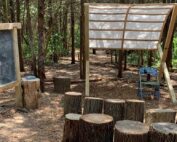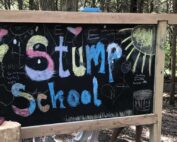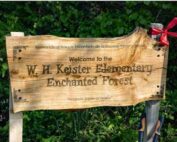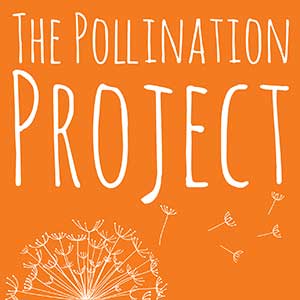Recognizing patterns both in concrete and abstract representations is an important skill for students. In fact, it is an early indicator of later math success. According to authors Rittle-Johnson, et. al. (2016), “Patterning intervention for struggling first-grade students led to comparable or better numeration, calculation, algebra, and measurement knowledge at the end of the school year than a numeracy intervention” (p. 1729). These skills can be built over time. Hessman (2020) wrote, “Since patterning is a crucial component of pre-algebraic thinking the National Council of Teaching Mathematics (NCTM) has determined that algebra is not a stand-alone course, but rather the culmination of experiences that lend to developing algebra skills” (p. 4). First, beginning with repeating patterns in geometry, such as triangle, square, circle, triangle, square, circle, and then in numeracy, such as 1, 2, 3, 1, 2, 3. Next, with growing patterns in geometry, such as a tangram flower that expands as it progresses, and then in numbers that skip or multiply as they progress, such as 2, 4, 6, 8, 10. Now, applying this to repeating and growing patterns in nature, students will be able to apply the concrete understanding of this concept to an abstract representation in nature. For example, a repeating pattern in the bark on a tree or the growing pattern in a flower.
Not only do these patterns create a beautiful design for us to observe, but they also have a purpose, and point to natural mathematical design, such as the Fibonacci sequence. Some purposes may be for protection (e.g., a fox curling its tail up around its head and body for warmth) or for an adaptation (e.g., a succulent’s leaves for collecting water). Other purposes might be for spatial organization (e.g., a beehive) or for movement (e.g., a tornado that gains velocity and momentum as it spins). Helping students see these patterns in nature teaches them to recognize the greater design and function of natural elements around them, such as ecosystems. Additionally, van den Boogaard (2021) wrote,
“The natural world will always arrange itself in such a way as to expend the least amount of energy to gain the greatest benefit. This is why tree branches grow by spreading out while filling space efficiently, why atoms arrange themselves in specific, energetically favourable formations, and why spirals and circles, both of which are energetically favourable shapes, abound in nature.” (para. 10)
There is important vocabulary embedded in this lesson that both the teacher and student will need to understand. The following vocabulary has been adapted for this lesson from Merriam-Webster (2023). The first is specimen, which is something that is collected for observation. In this case, the teacher collects specimens for observations and the students draw their observations and/or collect specimens as well. The next term is repeating pattern, which is a pattern where elements repeat themselves, as mentioned above. The third term is growing pattern, which is a pattern where the elements expand as they progress or get bigger. The fourth term is spiral, which is a curved line that begins at the center and grows as it moves outward. Adaptation is another term that is a change an organism goes through (at some point in its evolution) to help it better function in its environment. Protection is a defense an organism develops to survive. Spatial organization is the way something is arranged to fit in a space. Lastly, movement is the change of place or position or posture.
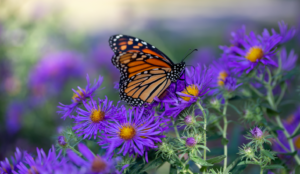
This lesson can be completed in 1 day or over many days, depending on the structure of the day and how much time allows. The teacher should also be aware of safety considerations as listed in the lesson plan. If you have not taken your students outside for a lesson before or your students have not spent time nature journaling you may need to complete a lesson prior to this on the procedures and expectations, allowing students to explore the outdoor environment ahead of time.



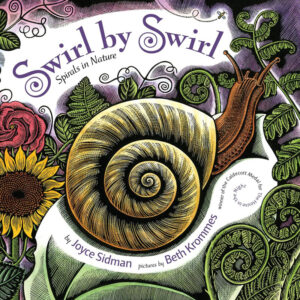 This lesson plan is part of The Blue Swallow Farm Foundation Science and Literacy Program, which offers free resources and books to K-12 educators in the United States. To request a copy of the book, please fill out the form below.
This lesson plan is part of The Blue Swallow Farm Foundation Science and Literacy Program, which offers free resources and books to K-12 educators in the United States. To request a copy of the book, please fill out the form below.

